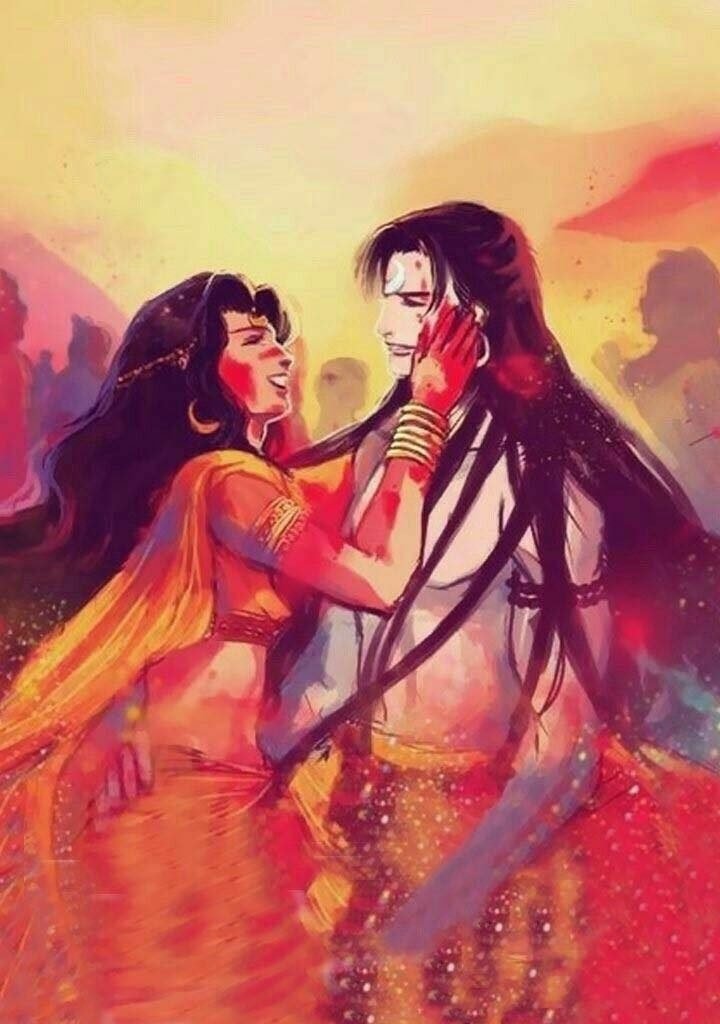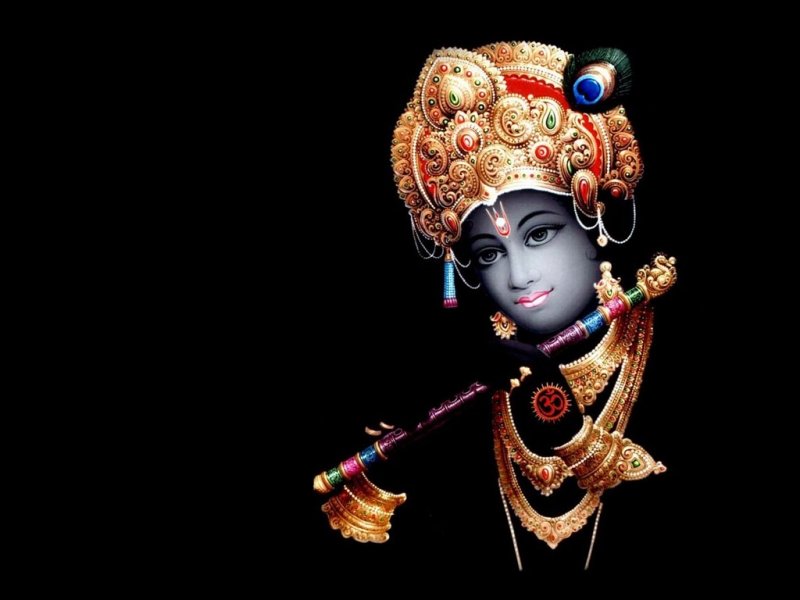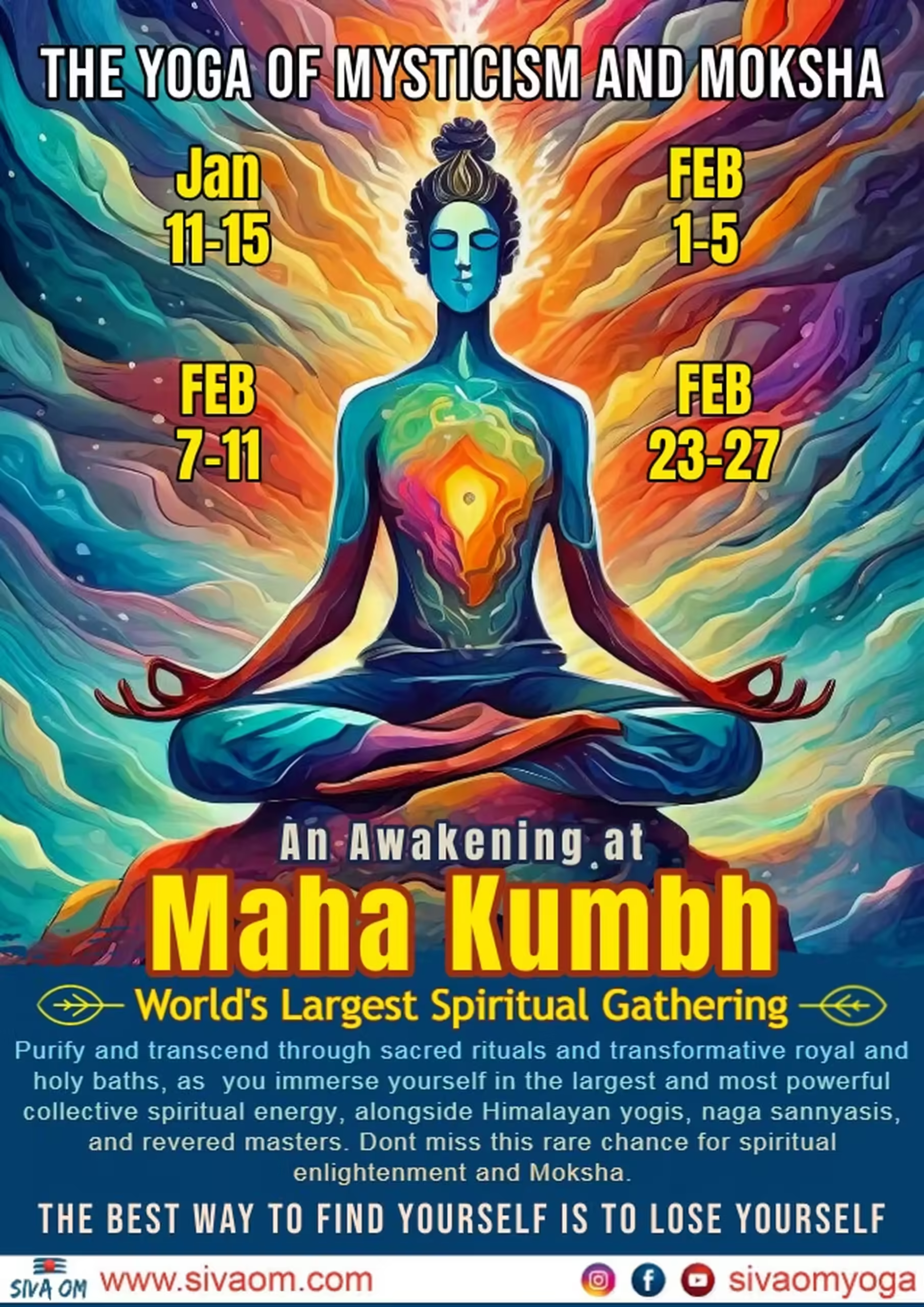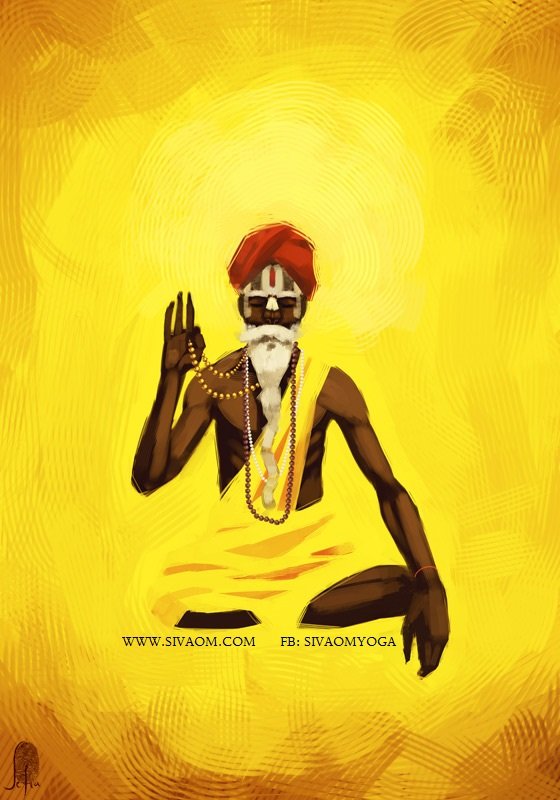
The Hindu festival of Holi, also called the “festival of colours” or the “festival of love”, takes place in India and Nepal during spring. The festival symbolizes the triumph of good over evil, the start of spring, the end of winter, and a day of celebration to connect with others, have fun, forgive and forget, mend broken relationships, and express gratitude for a bountiful harvest. It takes place over a span of two days, beginning on the Purnima (Full Moon day) during the month of Falgun in the Bikram Sambat Hindu Calendar, which typically falls between late February and mid-March in the Gregorian calendar. The initial day is called Holika Dahan or Chhoti Holi, and the second is known as Rangwali Holi, Dhuleti, Dhulandi, or Dhulivandan.
Relation of Holi to Bhagwan Shiv ji
Holi’s significance in Hindu traditions, including Shaivism and Shaktism, is closely tied to Bhagwan Shiv ji. The story goes that goddess Parvati, desiring to reunite with Shiva, called upon the assistance of the Hindu god of love, Kama, on Vasant Panchami. As the love god shoots arrows at Shiva, the yogi’s third eye opens and engulfs Kama in a blazing inferno. The news of this deeply upsets both Kama’s wife Rati (Kamadevi) and his own wife Parvati. After performing her own meditative asceticism for forty days, Rati captures the attention of Shiva, who, out of compassion, forgives her and restores the god of love. On the 40th day following the Vasant Panchami festival, Holi commemorates the return of the god of love. The Kama legend, with its many variant forms, holds great significance to Holi, especially in South India.
Relation of Holi to Bhagwan Vishnu
In honor of Hindu god Vishnu and his follower Prahlada, Holi is celebrated as a festival of colors, and there exists a symbolic legend to elucidate this tradition. King Hiranyakashipu, according to a legend found in chapter 7 of Bhagavata Purana, was the king of demonic Asuras, and had earned a boon that gave him five special powers: he could be killed by neither a human being nor an animal, neither indoors nor outdoors, neither at day nor at night, neither by astra (projectile weapons) nor by any shastra (handheld weapons), and neither on land nor in water or air. Hiranyakashipu grew arrogant, thought he was God, and demanded that everyone worship only him.
However, Hiranyakashipu’s son, Prahlada, remained devoted to Vishnu, which angered his father. Despite cruel punishments, Prahlada’s resolve remained unshaken. Eventually, Holika tricked Prahlada into sitting on a pyre with her, wearing a cloak that protected her from fire while Prahlada was unprotected.. As the flames engulfed them, a divine gust of air flew and as a result, the cloak flew from Holika to Prahlada, who survived while Holika perished in the fire. The Holika bonfire and Holi signifies the celebration of the symbolic victory of good over evil, of Prahlada over Hiranyakashipu, and of the fire that burned Holika.
Bhagwan Vishnu then manifested as Bhagwan Narasimha, a half-human, half-lion avatar, appearing at dusk, neither day nor night, and took Hiranyakashipu onto a doorstep, neither indoors nor outdoors, where he slew the king with his lion claws, neither handheld nor projectile weapons, neither on land, water, nor air, thus restoring Dharma.

Relation of Holi to Bhagwan Krishan
In the Braj region of India, where the Hindu deity Bhagwan Krishan grew up, people celebrate the festival until Rangpanchmi in commemoration of Radha’s divine love for Bhagwan Krishan. The festivities officially mark the onset of spring, with Holi celebrated as a festival of love. There’s a symbolic myth behind honoring Bhagwan Krishan as well. As a baby, Bhagwan Krishan acquired his characteristic dark blue skin color when the she-demon Putana poisoned him with her breast milk. In his youth, Bhagwan Krishan fretted over whether fair-skinned Radha and other girls would accept him because of his skin color. His mother, tired of his despair, instructed him to approach Radha and color her face in any hue he desired. He did so, and Radha and Bhagwan Krishan became a couple. Since then, the playful act of coloring Radha’s face has been commemorated as Holi.






